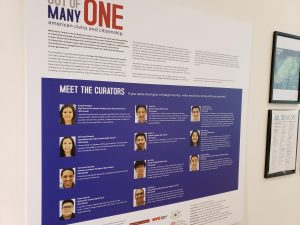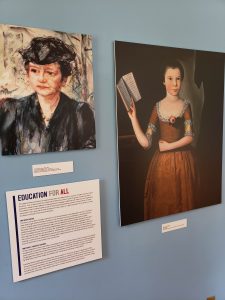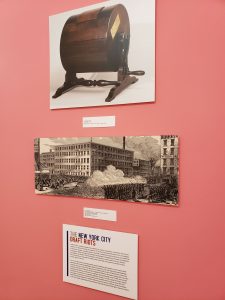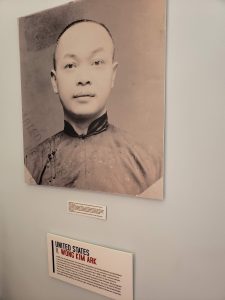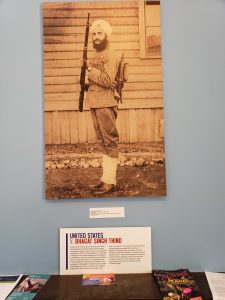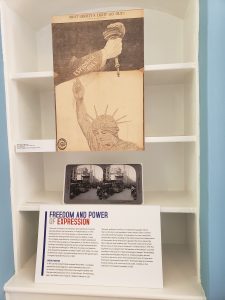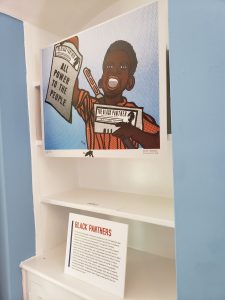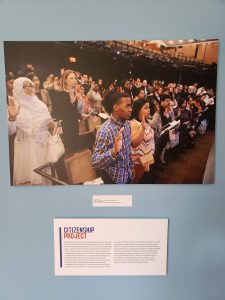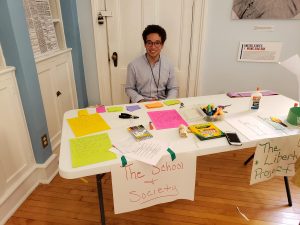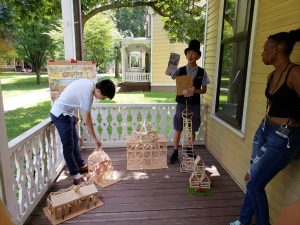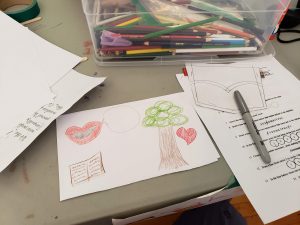I’ll admit it. Oil portraits are not my thing.
Yes, I am a museum studies student, and yes, I think there’s something to love about pretty much all museums. But if you take me to the Met or the MFA, I am not dragging you to the 18th and 19th century portrait galleries. In fact, we may skip them altogether.
For me, a history and museum studies student, context is key. I like understanding what’s going on in a piece of art, who the subject was, who the artist was, why the portrait was being made, what common symbols are present in the image. Frequently, those galleries are thin on details and the takeaway is simply, “Here are some wealthy people demonstrating their capital and standing by commissioning a portrait to become a family heirloom.” I’m not sure I need to spend my leisure time appreciating the vanity projects of colonial merchants no matter how talented the artist was. More simply, I don’t find much relevance in these galleries to my life or the world I live in, and I think that’s true for many museum-goers (or non-museum-goers, as the case may be).
The Worcester Art Museum, however, recently implemented a change to their Early American galleries that made me take notice. Under the direction of Elizabeth Athens, the former curator of American Art there, the museum installed additional labels for many of the works in these galleries that point out the subject’s economic relationship to slavery. These connections vary; some subjects owned enslaved people or belonged to a family that owned enslaved people. Some traded in goods that were entirely dependent on the institution of slavery for their production, such as sugar, rum, or tobacco. Regardless, these influential Northerners benefited and profited from the forced labor of people of color, something that is not always remembered in the South-centric education Americans receive about slavery and the Civil War.
In presenting these new labels, the Worcester Art Museum reminds us that these paintings represent real people who lived and had significant influence over their worlds…and that their existence was supported by and enriched with slave labor. Suddenly this gallery screams to life before me, provoking questions about New England’s complicity and profit in slave labor. It also invites comparison. As a white, middle class person in America, how do I profit from unfair and illegal labor practices? As well, the labels add context, but not representation: I can see myself represented in this gallery, but a person of color still cannot. New forms of art are required to accomplish that.
There is no question that these portraits are pieces of art, painted by talented artists. These labels do not suggest otherwise. They merely reframe the content of the work to reflect a larger story, one that prompts questions about inclusion, representation, power, and profit. All of this happens with a relatively low price tag, as well – research, label creation, and installation powerfully amend an existing exhibit. Museum professionals would do well to look to this example when evaluating their own exhibits to find ways to dispel notions of neutrality, increase representation, or provide multiple views on a topic.



